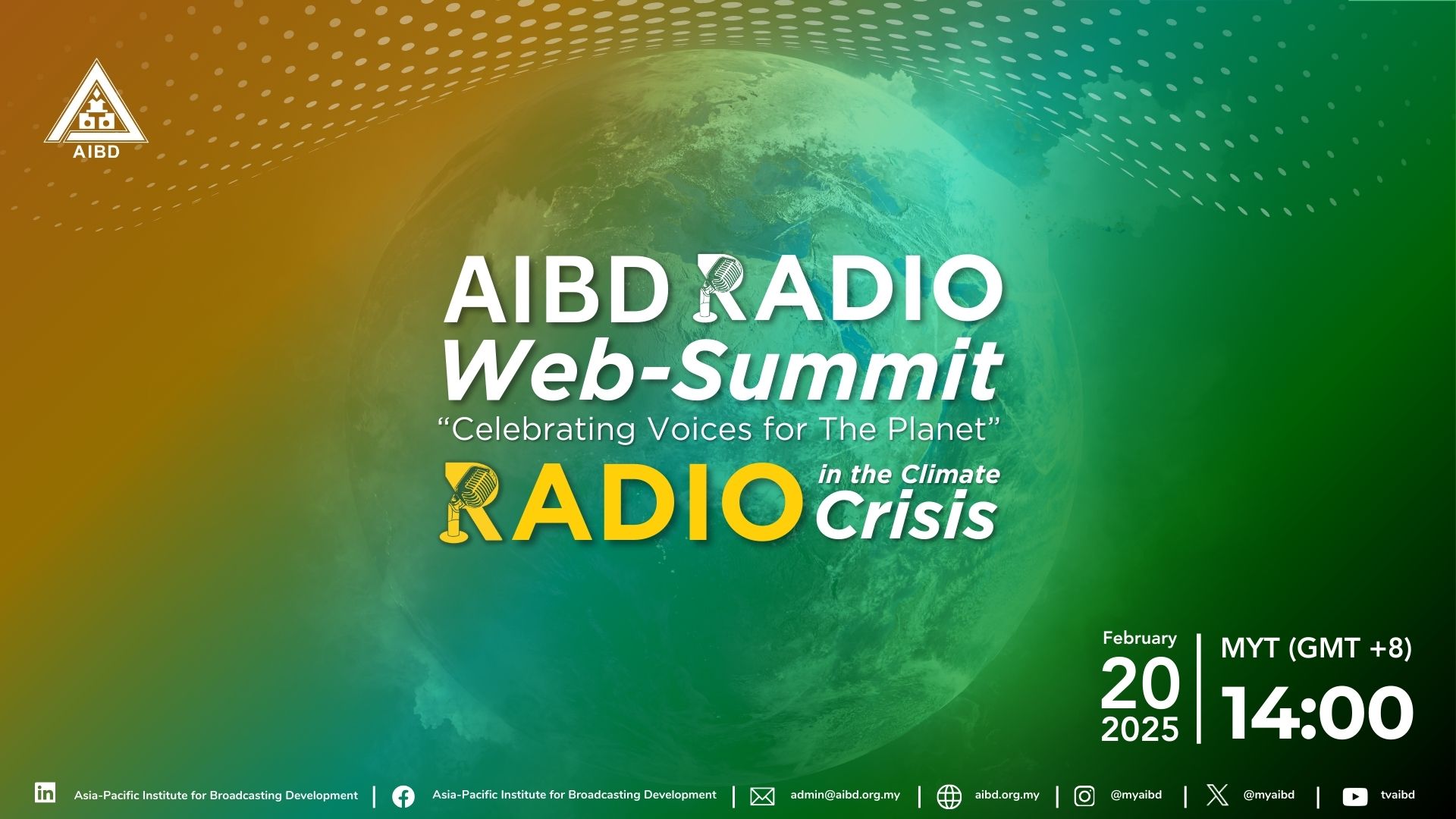Strong Government Leadership for Successful Digital Migration
[img_assist|nid=1502|title=|desc=|link=none|align=left|width=100|height=67]The successful implementation of the digital switchover set by 2020 will require a strong leadership of government, firm decision of analogue TV switch-off date, close cooperation of regulator and market parties, clear and timely regulatory framework and an adequate information and assistance to viewers.
Mr. Kim Kikwon, ITU Project Manager on Digital Broadcast TV, gave this message today to participants of the pre-summit seminar on ‘Strengthening the Digital Broadcasting Experience” at the Melia Hotel in Hanoi. He said countries must realize and manage the complexity of the switchover process.
The successful implementation of the digital switchover set by 2020 will require a strong leadership of government, firm decision of analogue TV switch-off date, close cooperation of regulator and market parties, clear and timely regulatory framework and an adequate information and assistance to viewers.
Mr. Kim Kikwon, ITU Project Manager on Digital Broadcast TV, gave this message today to participants of the pre-summit seminar on ‘Strengthening the Digital Broadcasting Experience” at the Melia Hotel in Hanoi. He said countries must realize and manage the complexity of the switchover process.
[img_assist|nid=1502|title=|desc=|link=none|align=center|width=499|height=333]
During his presentation, Mr.Kikwon said ITU is prepared to support the smooth process of the digital switchover. It has made available software packages for spectrum management, recommendations, reports and handbooks on digital broadcasting technologies, guidelines and roadmaps for the transition to digital broadcasting and direct [img_assist|nid=1503|title=|desc=|link=none|align=left|width=71|height=100]support in customization of the guideline and developing roadmaps.
He particularly cited the ongoing digital broadcasting project of ITU that will assist five pilot countries in Asia Pacific develop their the digital roadmap and guidelines. These include Bhutan, Mongolia, Nepal, Sri Lanka, and Tonga.
The guidelines will cover policy and regulation, analogue switch-off (ASO), market and business development, DTTB & MTV networks and roadmap development.
Under policy and regulation, regulators need to address key issues and choices in formulating DTTB, MTV or ASO policy objectives. In implementing policies, the guidelines should cover information, funds, rights, licenses and permits to (qualified) market parties that comply with the relevant legislation.
[img_assist|nid=1504|title=|desc=|link=none|align=center|width=499|height=333]
For the analogue switch-off (ASO), the guidelines must be clear on theprocess of turning off the analogue terrestrial television signal and replacing it with a digital signal. Mr. Kikwon said any government initiated policy must aim at providing more channels and services, new revenue streams and business models.
He said the guidelines must include key business issues and choices faced by Service Providers/Network operators when planning the commercial launch of DTTB and MTV services, a set of business activities and tools for defining the DTTB/MTV service proposition and associated business case and plan, and identifying the demand drivers, service barriers, financial feasibility, receiver availability and customer support issues.
Under DTTB & MTV networks choices should be made within the framework of license conditions and business objectives.
He said any road development must take into consideration the whole process of transition to DTTB, matching short and long term goals and indicating the main activities to meet the goals.
ITU has produced a comprehensive set of guidelines available at




